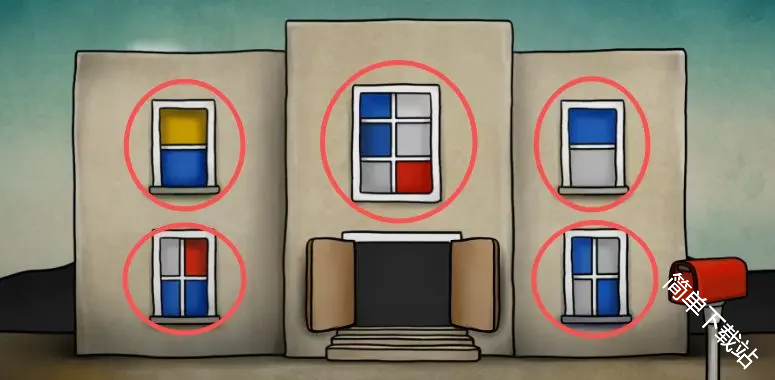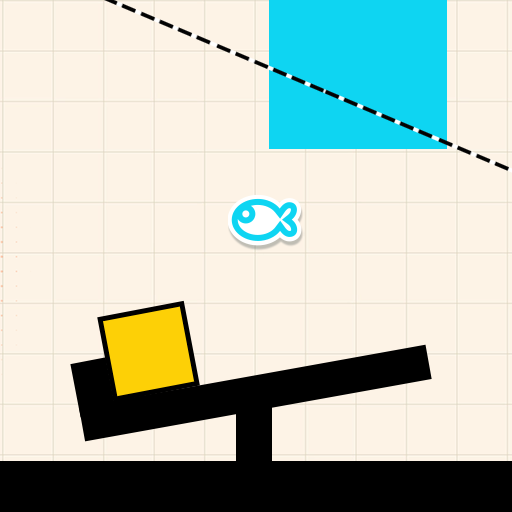一道面试题 利用构建BST的过程构建数组
时间:2010-07-15 来源:wqfhenanxc
AMAZON Interview Question:
You have an array like ar[]= {1,3,2,4,5,4,2}. You need to createanother array ar_low[] such that ar_low[i] = number of elements lower
than or equal to ar[i] in ar[i+1:n-1].
So the output of above should be {0,2,1,2,2,1,0}
Time complexity : O(nlogn)
use of extra space allowed.
解:首先想到的是最直接的方法,
for(i=0;i<n;i++)
for(j=i+1;j<n;j++)
if(ar[i] >= ar[j])
ar_low[i]++;
但这个方法的复杂度为O(n^2)。
若需满足算法复杂度O(nlogn)的要求,可以使用二叉查找树,从ar数组的最后一个元素开始,逐步将ar数组元素插入到二叉查找树中,插入的过程中,即可完成对ar_low数组的赋值,由于构建二叉查找树的复杂度为O(nlogn), 整个过程的算法复杂的也为O(nlogn)。
二叉查找树构建 平均算法复杂度为O(nlogn),但最坏算法复杂度为O(n^2)。
这里先用二叉查找树实现如下:
struct BSTnode
{
int key;
int index;
struct BSTnode *left;
struct BSTnode *right;
struct BSTnode *parent;
};
struct BSTnode * BSTinsert(struct BSTnode *root,struct BSTnode *node)
{
struct BSTnode *pointer = root;
struct BSTnode *back = NULL;
while(pointer != NULL)
{
back = pointer;
if(node->key >= pointer->key)
pointer = pointer->left;
else
pointer = pointer->right;
}
node->parent = back;
if(back == NULL)
root = node;
else if(node->key >= back->key)
back->left = node;
else
back->right = node;
return root;
}
void Free(struct BSTnode *root)
{
if(root != NULL)
{
Free(root->left);
Free(root->right);
free(root);
}
}
int main(int argc, char *argv[])
{
QCoreApplication a(argc, argv);
int n = 7;
int ar[] = {1,3,2,4,5,4,2};
int *ar_low = (int *)calloc(n,sizeof(int));
struct BSTnode *root = NULL;
for(int i=n-1;i>=0;i--)
{
struct BSTnode *node = (struct BSTnode *)malloc(sizeof(struct BSTnode));
node->key = ar[i];
node->index = i;
node->left = node->right = NULL;
node->parent = NULL;
root = BSTinsert(root,node);
if(node->parent!=NULL)
{
if(node->parent->left == node)
ar_low[i] = ar_low[node->parent->index] + 1;
else
ar_low[i] = ar_low[node->parent->index];
}else
ar_low[i] = 0;
}
for(int i=0;i<n;i++)
printf("%d ",ar_low[i]);
printf("\n");
free(ar_low);
Free(root);
}
相关阅读 更多 +










